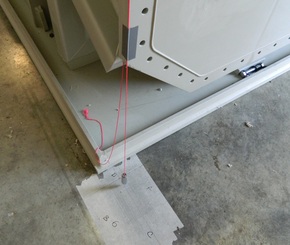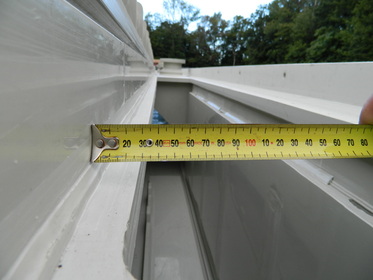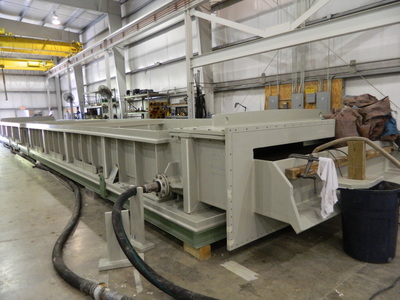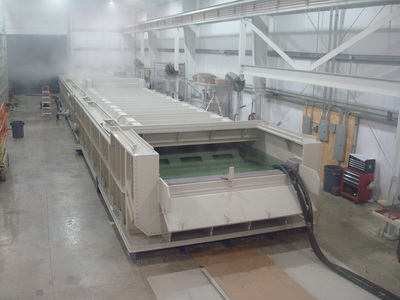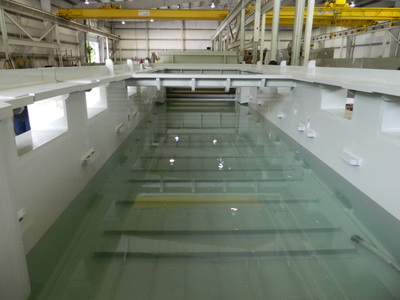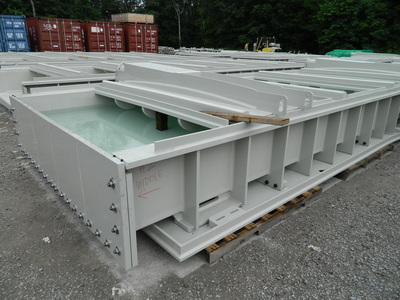Product Testing
|
Creating Standards
When it comes to plastic tank testing, we've developed the standard, literally. As one of the pioneering manufacturers using thermoplastic for large tanks, we employ testing procedures to ensure the integrity of our tanks and components. Non-destructive testing of thermoplastic materials is difficult at best. Ultrasonic tests and X-rays are ineffective, as are most other conventional analysis methods. So how can we be assured of our stated material values? How can we be certain as to the strength of our welds? There are no domestic 'standards' for our type of construction, not even through ASTM. The only international benchmark available is DVS-2205, which does not contain standards or codes, but is the German guidelines for thermoplastic welding. Because calculations are based on certain assumptions regarding material and weld strengths, we felt that it was necessary to develop reliable methods and procedures to validate them. Method of Validation
Other Procedures In some cases, other in-house testing methods are implemented, such as the following:
|
Hot Water Testing |
Ambient Water Testing |

